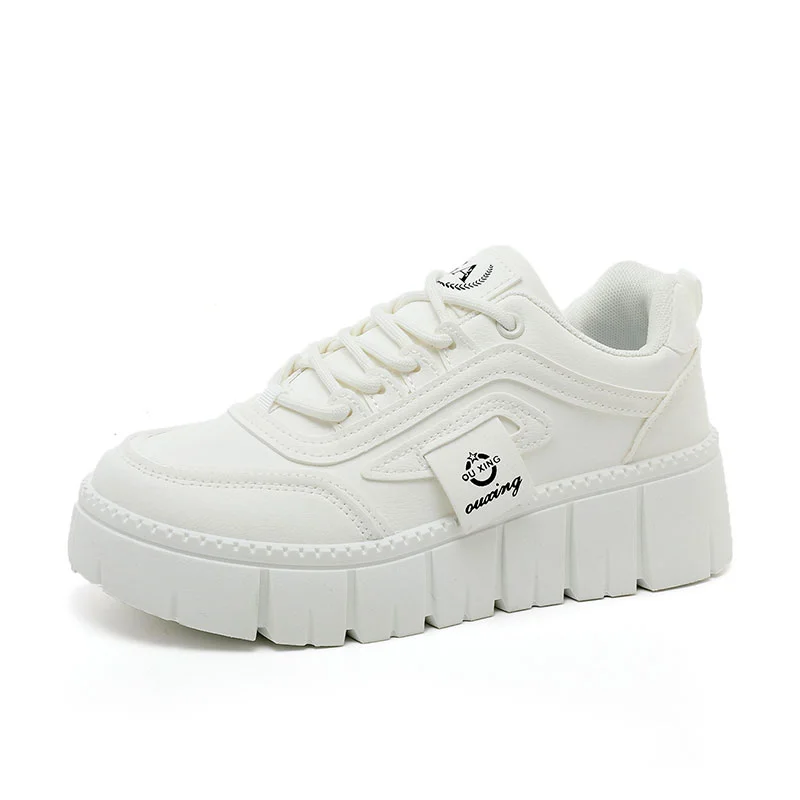Luxury brands have always captivated consumers with their allure, exclusivity, and impeccable craftsmanship. However, the journey to becoming popular in the fiercely competitive luxury market is no easy feat. In this blog post, we will delve into the multifaceted strategies employed by luxury brands to achieve and sustain their popularity. From cultivating brand identity to leveraging digital marketing, we will explore the key factors that contribute to the success of luxury brands in today's dynamic landscape.
- Crafting a Compelling Brand Story:
Luxury brands understand the power of storytelling in captivating consumers' hearts and minds. They meticulously craft narratives that evoke emotions, create a sense of aspiration, and establish a unique brand identity. By weaving together heritage, craftsmanship, and innovation, luxury brands create a compelling story that resonates with their target audience. This narrative becomes the foundation upon which their popularity is built. - Exclusivity and Limited Editions:
One of the defining characteristics of luxury brands is their exclusivity. By carefully controlling supply and creating limited editions, luxury brands create a sense of scarcity and desirability. This strategy not only fuels the desire to own their products but also cultivates a sense of belonging among their loyal customers. Limited editions often become highly sought-after collector's items, further enhancing the brand's popularity and prestige. - Collaborations and Influencer Marketing:
Luxury brands have embraced collaborations with influential figures from various industries to expand their reach and appeal. By partnering with renowned designers, artists, celebrities, and even social media influencers, luxury brands tap into new audiences and gain exposure to different markets. These collaborations not only infuse fresh perspectives and creativity into the brand but also generate buzz and excitement, ultimately boosting their popularity. - Embracing Digital Transformation:
In today's digital age, luxury brands cannot afford to overlook the power of online presence. They have embraced digital transformation by creating immersive online experiences, engaging with consumers on social media platforms, and leveraging e-commerce channels. By seamlessly blending the physical and digital realms, luxury brands enhance accessibility, reach a wider audience, and create a sense of inclusivity. This digital integration plays a pivotal role in elevating their popularity and staying relevant in the ever-evolving market. - Personalized Customer Experience:
Luxury brands understand the importance of providing a personalized and exceptional customer experience. From personalized recommendations to tailored services, luxury brands go above and beyond to make their customers feel valued and special. By creating a sense of exclusivity and offering exceptional service, luxury brands foster long-term relationships with their customers, leading to brand loyalty and positive word-of-mouth, which in turn fuels their popularity.
Conclusion:
The path to luxury brand popularity is paved with a combination of artistry, storytelling, exclusivity, and digital prowess. By crafting compelling brand stories, embracing exclusivity, collaborating with influencers, embracing digital transformation, and providing personalized customer experiences, luxury brands can establish themselves as leaders in the industry. As consumer preferences evolve, luxury brands must continue to adapt and innovate to maintain their popularity and remain at the forefront of the ever-changing luxury landscape.








+ There are no comments
Add yours